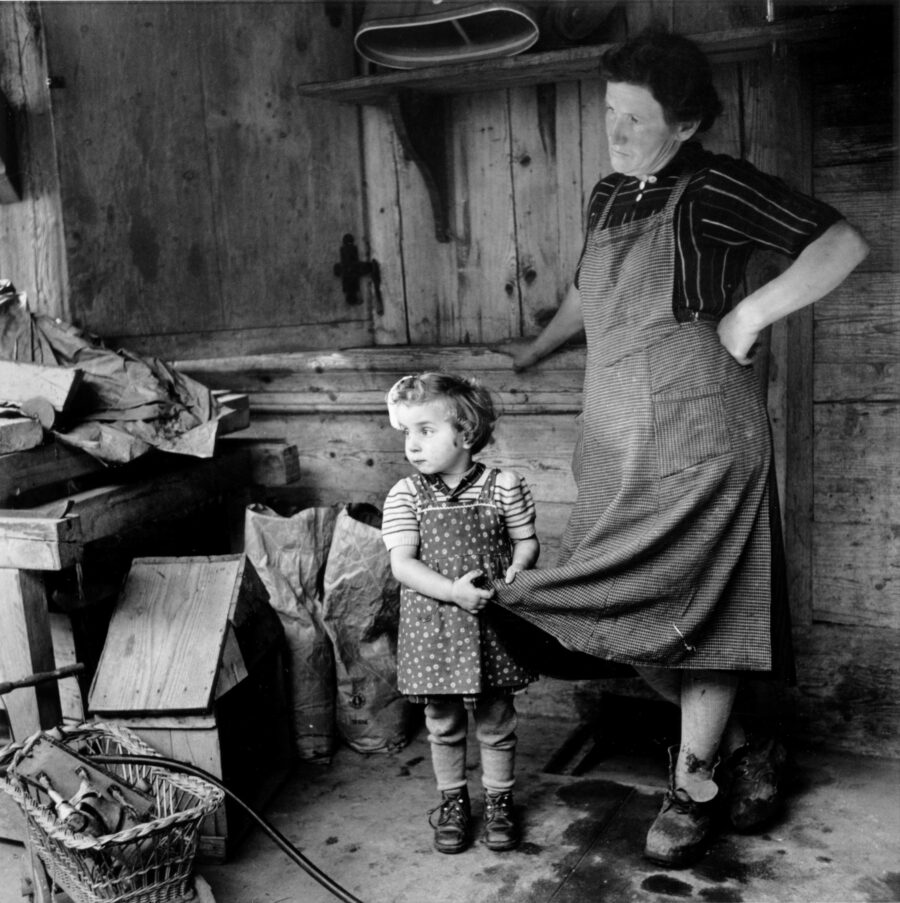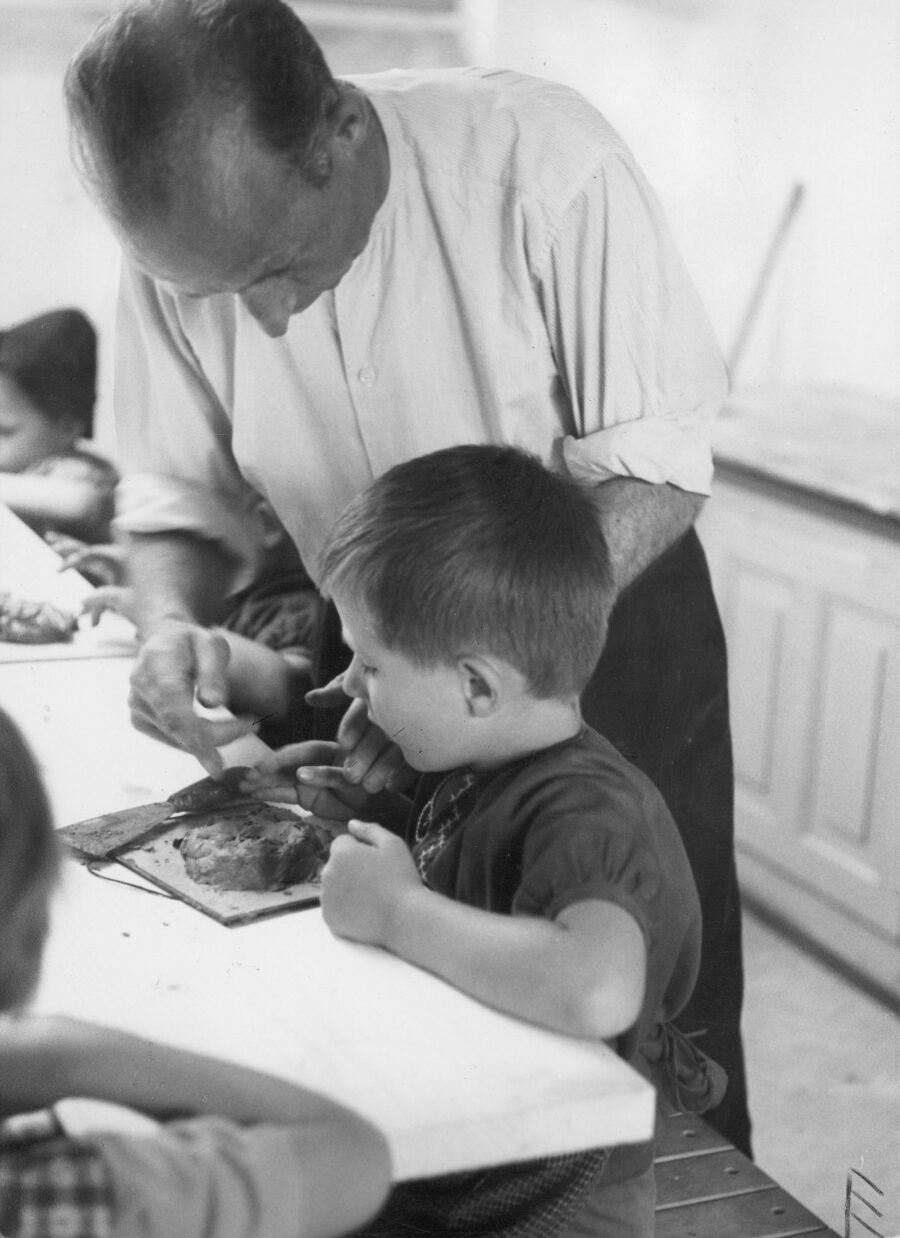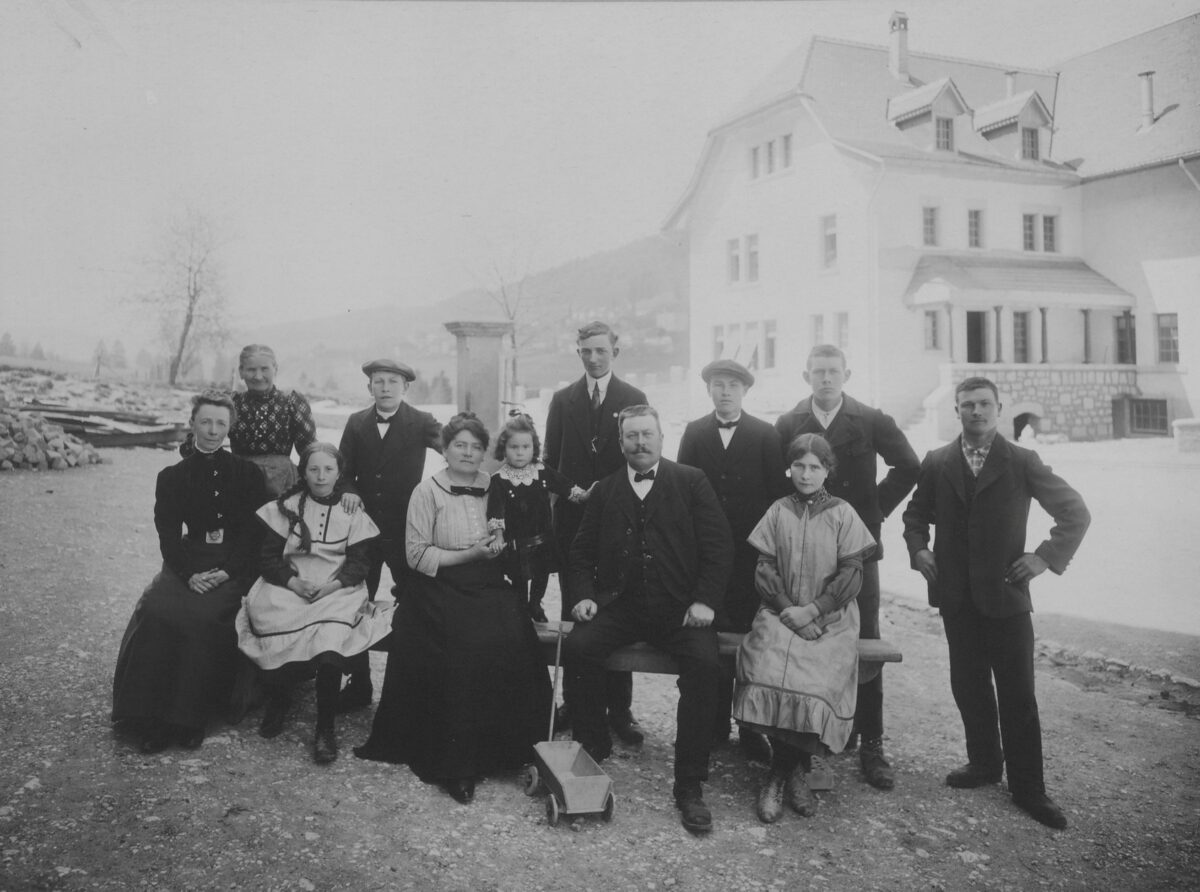But there were also good care facilities, right?
People often ask whether there were care facilities and foster homes where children were well cared for. The answer is yes, but there were far too few of them.
With each new study and each new life story that emerges, the picture for Switzerland becomes clearer: abuse in care facilities was not uncommon, but seems to have been widespread.

Being in foster care increased the risk of experiencing violence, exploitation and abuse, as well as being moved around and losing contact with one’s roots. Children and young people in care were often isolated from the outside world, lacked stable social relationships and found themselves in a state of extreme dependency. In many cases, they had criminal records. If they were sent to a home or a “reform school”, they were stigmatised as “difficult” from the moment they arrived. Nevertheless, there were also care facilities where children and young people had positive experiences.

Positive experiences
Some people report that they were better off in care than at home, for example. It’s important to remember that violence and neglect against children does occur within families as well. A foster placement can sometimes improve a stressful situation and protect a child’s welfare. Some of those affected remember receiving a caring upbringing and love in their foster home, and being able to play and receive a good education. Some also received support from their foster parents later in life. What is certain is that it demanded a great deal of time, energy and attention from foster families. Foster parents received hardly any support from the government.
Some children and young people also had positive experiences in foster care. Looking back as adults, they report having had a stable relationship with a couple who acted as group leaders, having had free time and having received supportive education. Many also report meeting people outside institutions who treated them with respect. They describe how, at a crucial moment in their lives, a carer took them seriously, listened to them and believed in them. While others in their environment often told the children and young people that they were worthless and would never amount to anything, these kind people helped them to gain confidence, make good decisions and literally survive.
“Those were different times” is an inadequate argument

This range of different experiences demonstrates that a non-violent, child-friendly upbringing was possible even back then. Therefore, the oft-heard argument that violent forms of child-rearing were inevitable at that time misses the mark. When people characterise abuses in institutions and foster families as inevitable because that’s how things were at the time, they trivialise the history of compulsory social measures and placements. While it is true that many homes lacked the resources to employ sufficient qualified staff leading to overworked employees, this is no excuse for the extent of the violence or the educational culture enabled by the management of many homes, which was characterised by drills, humiliation and sometimes massive assaults. However, even these conditions are no excuse for the extent of the violence or the educational culture enabled by the management of many homes, which was characterised by drills, humiliation and sometimes severe assaults.
